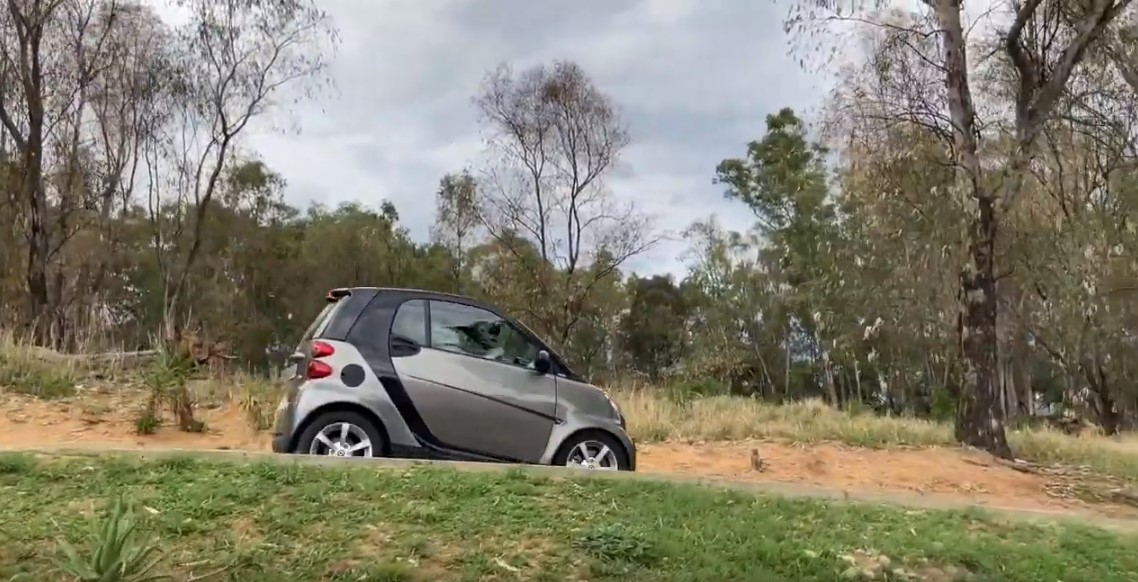
The importance of being regular – why maintenance is important
South Africans enjoy buying cars – bakkies, sports cars, family sedans, whatever style of car has been created you can generally find in it on our roads. When purchasing a vehicle, asides from all the bells and whistles or status that some people look for, an important aspect of the purchase is the maintenance plan. People want to know that they can maintain their car at regular intervals, especially as it is an expensive purchase. Finding a maintenance plan that suits their needs is high on the priority, as cars are costly to fix and replace these days.
The above scenario is common in this country – and so are fires as illustrated in the previous articles in this series. So how often would inspections and maintenance be needed for a building that has a fixed fire protection system?
The answer varies according to Natasha Goring, the resident director of ASIB. “We generally recommend an inspection every six months to ensure the clearance certificate is valid. This is because often the layout of the building that was originally inspected is not always the same and subtle changes take place that can impact heavily on the fixed fire protection. Think changes in drywall partitioning in a building or warehouse stock being stacked in a different location in a store or more hazardous materials being used. The protection of a building depends almost entirely on what is being protected inside and how the layout or product can change.”
According to SABS 0287 – a building should be inspected every 13 weeks or 4 times year. A quick calculation shows that even if you assume there are at least 10,000 protected buildings in the country, that would result in 40,000 inspections a year. ASIB can carry out roughly 5,500 inspections year – the country simply does not have the required amount of qualified personnel to meet the regulation and inspections are not enforced.
Fire protection is not cheap and while the cost to install a system ranges due to the size of the building, you are looking at a healthy investment. Having a system installed however is generally a fraction of the cost of the damages incurred when a fire breaks out (note “when”, not “if”) so where is the logic for anyone to decide not to maintain and test their sprinkler system?
“Often one of our inspectors will go to a pump house at the site of the inspection and note that a previous finding of an inspection has not been remedied or addressed”, says Goring. “This means that after six months zero maintenance or action has been taken to protect the building. It’s like buying a car but then deciding it’s not worth your time or money to get it serviced – it makes no sense.” Once ASIB has conducted an inspection and compiled a report, it is up to the client and/or installer (depending on who requested the inspection) to take any remedial action necessary. Issues found during an inspection are clearly explained in a report but it requires someone to take action and fix. Often this is the crucial step missing in fire protection – all the information is there but no action is taken.
The kicker in this scenario is that most maintenance for systems (or anything in life really) is not a lot of effort, but it does require consistency. People become complacent and that is when avoidable tragedies occur. The key to most risk management is regular effort. Regular being the keyword as once a fire has occurred it is too late. If any clients have any questions around maintaining their systems reach out to ASIB for some advice and make sure your installers are competent in their craft! The below video may seem humorous but it is exactly what you do want, a well maintained sprinkler system that operates when it is designed to do so, when it detects fire.
In this series to date:






